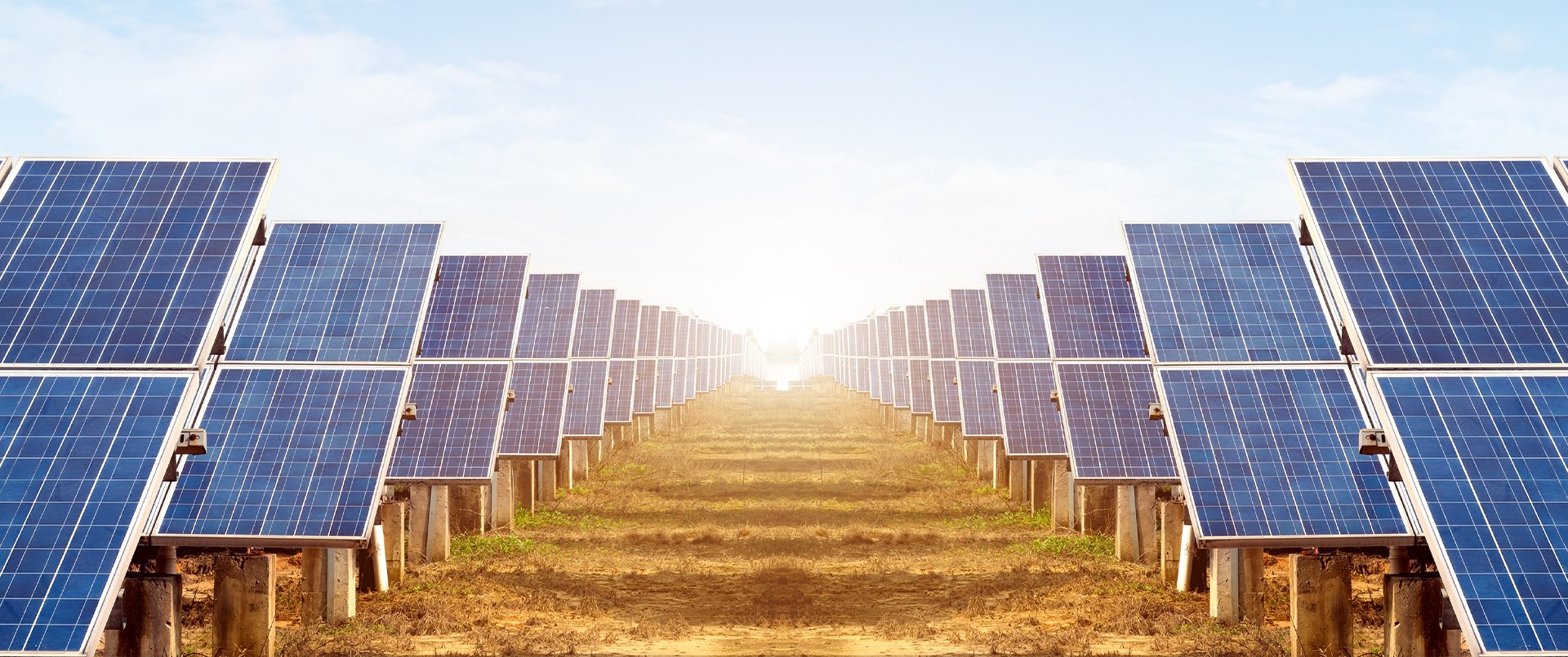Powering the transition to renewable energy: Insights from the Fashion Pact CVPPA
A landmark clean energy deal, between Fashion Pact members and solar developer Lightsource bp, has shown how collaboration can deliver opportunities beyond the reach of any single player.


Transitioning to renewable energy has been at the forefront of tackling greenhouse gas emissions for decades, yet many businesses have been unable to move at the speed and scale necessary. Now, a landmark clean energy deal, between Fashion Pact members and solar developer Lightsource bp, has shown how collaboration can deliver opportunities beyond the reach of any single player.
The Collective Virtual Power Purchase Agreement (CVPPA) is the biggest deal of its kind in the fashion industry, bringing together 12 companies of different sizes to access renewable energy as a group. It is the result of a pioneering collaboration, led by the Fashion Pact, with Lightsource bp, and support from global consultancy Guidehouse and law firm Baker McKenzie, who have shaped a framework that not only accelerates participants’ own transitions to clean energy, but increases renewable energy capacity throughout Europe.
Large companies have always been able to develop their own renewable energy infrastructure or invest in individual Virtual Power Purchase Agreements (VPPAs) with renewable energy providers. VPPA’s bring significant long-term benefits for businesses by allowing them to purchase supply at a fixed price for a period of 10 to 20 years.
Their complexity however, can mean high upfront costs and a lengthy process, making them hard to pursue for smaller players.
The Fashion Pact-led CVPPA solved this challenge. Through their membership of the Fashion Pact, participants were able to share project costs – adjusted according to their size – and receive expert support from the Fashion Pact throughout. At the same time they have helped underwrite the expansion of new renewable energy production, by guaranteeing a market for future capacity.
The move is a critical step for participants on their journey towards our shared ambition of using 100% renewable energy across their own operations (Scope 1) by 2030, as well as meeting their individual climate targets.
As with any project that breaks new ground, much of the value was not just in the final product, but in the lessons learned along the way. In this case, over the two and a half years from concept to delivery, a huge amount was learned about how to accelerate the transition to renewable energy across the industry.
CEO/CSO Engagement
As the largest CEO-led sustainability initiative in the fashion industry, the Fashion Pact was able to engage with and receive support at the highest level. This was essential to the project’s success given the complex nature of the challenges. Thanks to CEOs’ leadership and theirs teams’ efforts across companies to invest time, energy and resources in the initiative, we were able to move at speed and at scale.
Upskilling
Building knowledge and understanding was critical to ensuring members could play an active role. That meant levelling the playing field when it came to capacity and experience of power purchase agreements. Overall, sustainability challenges require new ways of thinking and push us to innovate. One advantage of doing this as a collective was that participants received best-in-class technical expertise through the Fashion Pact’s support system, which they would not be able to access alone. As a group, they also uncovered questions and shared experiences that would not have surfaced otherwise.
Team Dynamics & dynamic teams
Transformation of this kind involves team members from across a brand, not just sustainability, but procurement, legal, finance and beyond. PPAs are complex and require input from all sides of the organisation, which means investing in capacity building to ensure alignment and foster collaboration. In our role as coordinators the Fashion Pact brought in industry experts to create a support system and deliver a series of knowledge-building webinars and office hour sessions. To build on this, a step-by-step process was created so teams had time and clarity to align internally.
Looking to the future
While delivering the agreement was an important milestone for this project, it does not mark the finish lineand we are now focussed on ensuring that the lessons learned from this process help to enable many more.
A playbook that acts as a practical guide to collective action with a focus on replicating multi-buyer PPAs and other stakeholders, will be published in 2024. We will also share reflections and insights from members about the challenges they faced and their journey to success.
Work is also underway to understand how insights from the European CVPPA can help us deliver against our targets to address Scope 3 emissions.
Finally, the CVPPA exemplifies true operational collaboration – a critical approach to achieving a net zero and nature positive future and act on some of the key issues our industry is facing.
Participants
Bally • Capri Holdings Limited • Ermenegildo Zegna Group • FARFETCH • Ferragamo • Kering • Prada S.P.A. • PVH Corp • Ralph Lauren • Tapestry • Under Armour (non Fashion Pact member) • Zimmermann